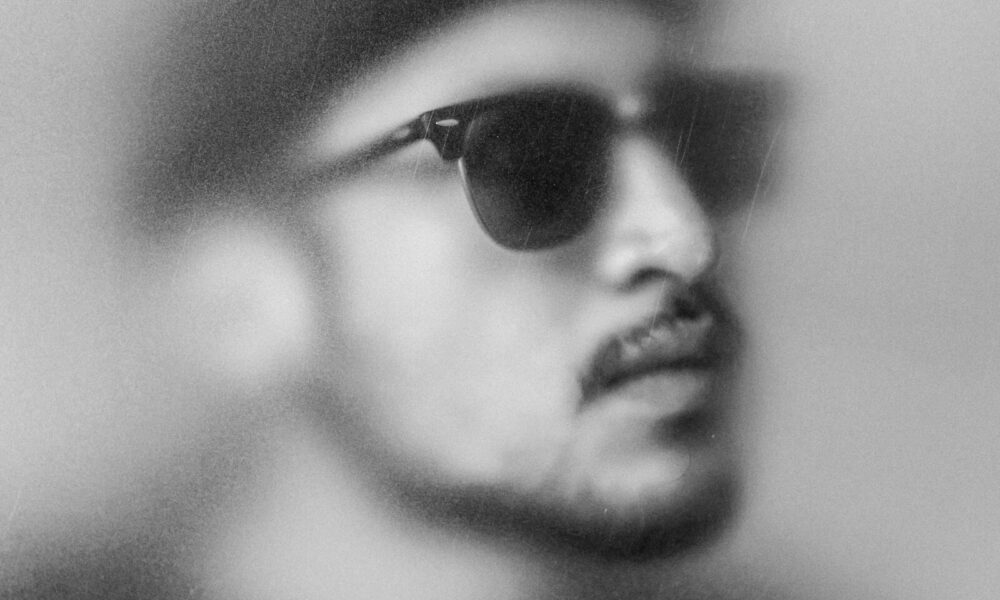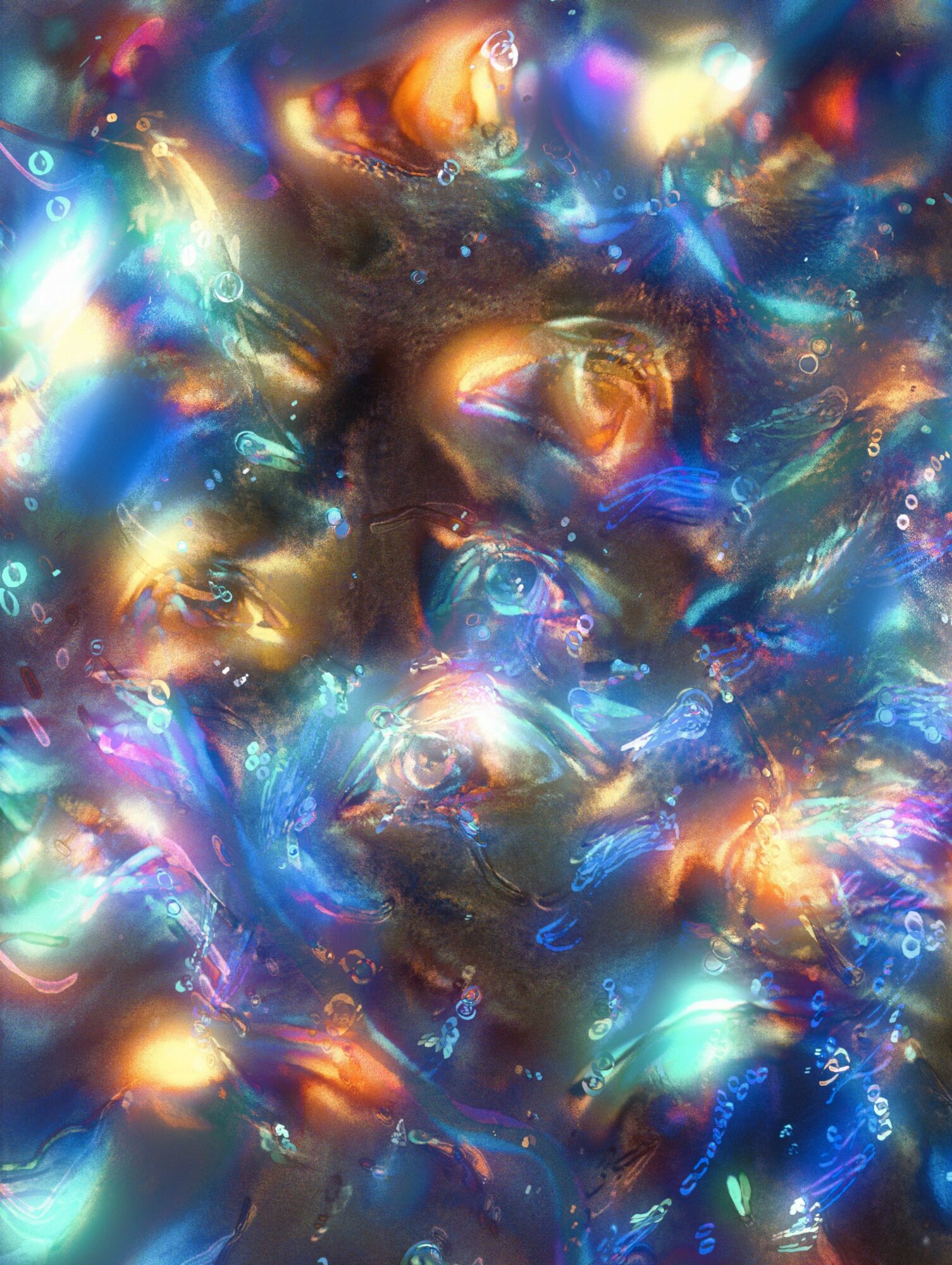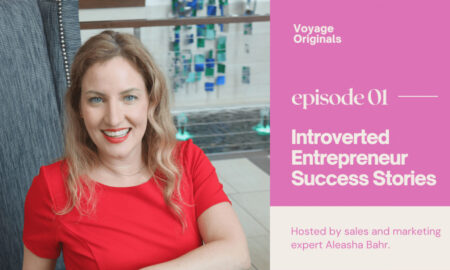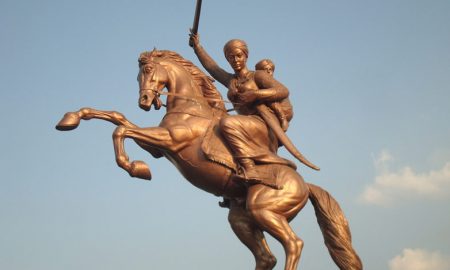

Today we’d like to introduce you to Irvin Maldonado.
Irvin, we appreciate you taking the time to share your story with us today. Where does your story begin?
My parents immigrated from Mexico in the mid-90s and eventually settled down in Hickory, NC, working in furniture manufacturing. I was fortunate enough to take art classes growing up in public school consistently—the local Boys and Girls Club frequently provided creative programs during the summer, where I had my first introduction to photography. I typically took photos at family events after my parents bought a red Kodak point and shoot camera.
I took a break from visual art classes in high school, switching to the theatre. Looking back at it now, there was a difference in engaging with creativity. The general art classes focused on transforming materials through instinct and technique, and I eventually got a little bored of it. Theatre offered me a space that allowed me to support, connect, and share with a collective of like-minded people. The process required a lot of investment—physically, mentally, and financially (for the school)— to create an immersive experience for our local community. I gravitated toward video production, lighting design, and new media installations. There was a lot of struggle and satisfaction in realizing some of those projects. I felt like I could dedicate all of my time just conceptualizing and making it happen.
I don’t think directing people is my strong suit, but I fell in love with photography as an art form. I spent the last couple of summers before graduating in 2016 taking photos and videos on my iPod—eventually iPhone— of memories and random things I’d find interesting throughout my day. I was doing photography promoting the productions for theatre and small photo jobs for family members after my parents gifted me a DSLR for one of my birthdays.
It just made sense to leave Hickory to study art and pursue working as a creative professional. I attended UNC Greensboro until 2020, and I would say that I gained a lot from my time there. I met inspiring friends and explored other cities that expanded my idea of our country. At the same time, the program deepened my knowledge of the historical canon of art to understand multiple processes. My peers and I worked with traditional darkroom film, digital processing, and alternative approaches to image-making. I was intrigued by the multifaceted use of the camera as a tool that captures images of our world and the process of creating otherworldly images.
I’m sure you wouldn’t say it’s been obstacle-free, but so far would you say the journey has been a fairly smooth road?
One of the biggest struggles growing up was existing in a state of general uncertainty. Being undocumented in the U.S. while active deportations were splitting families, my parents always had to be on alert to avoid being followed or pulled over by police. In pursuit of a better life for us, my siblings and I saw our parents working for a first-world country boasting about liberty while constantly exploiting the working class. That hasn’t gone away.
Before graduating in 2020, Covid-19 cut the last semester short. My friends and I were sad to leave prematurely while working on the final projects of our college career. I moved back in with my parents, adjusting my workflow to finish classes online. Once the semester ended, I realized my opportunities to get experience as a creative were more limited in Hickory, and I moved back to Greensboro and began working on printing federal documents.
I wasn’t aware of how the creative freelancing industry operated before college. My main goal was to find a job doing what I enjoyed. I believe UNCG’s art department did a great job showing students how to explore our visual language and personal process, but I felt like it lacked in preparing us to be hired in the creative sector. I see most jobs for artists being in advertisement/marketing, technical production design, and teaching; I’ve personally found it challenging to define and present the value of my work among the dictating corporate standards and market trends in an economy that undervalues workers.
As you know, we’re big fans of you and your work. For our readers who might not be as familiar, what can you tell them about what you do?
Currently, I’m a full-time product photographer, production printer, and graphic designer for a local manufacturer in Greensboro, NC. As a new media artist, I’m on the internet, manipulating stills and video under my handle, @swrviiiin.
I use photography to explore the displacement of space, time, light, and self. My work is heavily influenced by art made during the futurist era at the start of the 1900s, photo-surrealism from the 20s-40s, and the Fluxus movement during the 60s. I love the nature of abstract impressionism, with its ethereal color scapes and the distorted realities generated by recent artificial intelligence.
My biggest driving force is creativity. I’m proud of the style I’ve developed for my photo/video work and an installation I exhibited for my photo capstone. I want to do more work like that in the future. I value experimentation and doing work that’s new to me. I’m always a fan of anything that leaves me with a sense of awe and curiosity. I want my work to make viewers take a moment and question what they see in what they’re looking at.
The crisis has affected us all in different ways. How has it affected you, and can you share any important lessons or epiphanies with us?
Wages are too low to cover the number of expenses for just existing in the United States, and the Covid-19 pandemic has exasperated that. People are struggling to secure necessities while worrying about spending on gas, maintenance, and taxes, for their cars, a piece of machinery that has been massively advertised as a convenience, and our infrastructure making them a necessity. The amount of money invested into the auto industry, and its promotion, has had a profound effect on our culture and environmental impact. American urban design is more concerned about endless road reconstruction for traffic flow and allocating lots and decks for resting metal— when that space could be efficiently occupied for pedestrians, local businesses, residential, and areas for recreation that improve the quality of life for people.
During the pandemic, I spent a lot of time outdoors and exploring Greensboro with friends. I drive by it every day to and from work. I was proud to hear that the city was adding its downtown Greenway and thought it would be a great way to enhance how locals experience Greensboro’s environment. I hope more efforts are made to expand this to surrounding areas, not exclusively centralizing activity to downtown. Underserved communities should have access to the same amenities like public art and gardens to reap the physical and psychological benefits of just being outside without driving out for it. If a system wanted to increase its GDP, wouldn’t it invest in a strong form of transportation for its people to generate it?
We’re not being provided the security promised by any elected government or the corporate ties it’s selling out to. I find it hard to believe there’s any concern for the average U.S. citizen by handing more power to large corporations/institutions buying public spaces to segregate people by income, robbing communities of resources and human rights.
When I’m not focused on creating, these are the issues that race around in my head from day to day. I’m grateful that my parents have faced considerable challenges to be able to provide for themselves and their children, but that was another time, economy, and world. Covid made everyone take a step back and consider their health and how they spend their time and energy. Even then, they were frustrated in the same system. My dad works six days a week, depending on how busy his department is, and there are multiple periods where my mom works from 6 am – 8 pm. Our family has lived in the same two-bedroom apartment for 18 years. They had been trying to save for a house.
In 2020, I started asking myself why I was drawn to making art or engaging in any creative process. I realized it’s the most therapeutic distraction, especially with some music playing. It was the most helpful tool I had to self validate growing up. The environment I grew up in was emotionally unstable, full of stress and tension from the burnout my parents felt in keeping up with all of their responsibilities together and their own unresolved past traumas. My mom sought comfort in Catholicism, and my dad developed an unhealthy relationship with alcohol. The differences in communication and lifestyle preferences would regularly conflict between them.
Through my self-reflection, I’ve tried to find the qualities I inherited from my parents and how they show up in my relationships with those I surround myself with. I realized that I’d had a lot of fear of allowing myself to connect with people and plunging myself into my work to find fulfillment and avoid conflict or judgment. I forget to be present because I’ve seen it hard to make peace and let go of intense foundational experiences influenced by forces outside of my parents’ control. I don’t feel guilty, but knowing that any government that actively chooses profits over people, perpetuating the suffering of its hardworking citizens, makes me feel some way. The pandemic’s disparate effects on Black, Latino families, and other marginalized people challenge recovery efforts to prioritize equity.
We didn’t evolve to function in the socio-economic structure we currently exist. The issues we are facing collectively – mental health, food deserts, poverty, the displacement of people, weekly mass shootings, and environmental destruction – are the side effects of a system that neglects to provide any sense of security and commodifies human needs.
I realized that artists hold power in translating and communicating abstract ideas into reality, providing a sense of awe in the general public. It’s imperative to share and promote perspectives that can unveil solutions that support growth in local communities. Ideally, I want to be in a position promoting social/environmental justice through art. I’m offering my creative services to local entrepreneurs, musicians, or anyone who needs visual solutions to expand the reach of their projects.
Pricing:
- My rates are listed on my site
Contact Info:
- Website: www.swrviiiin.com
- Instagram: @swrviiiin
- Youtube: https://www.youtube.com/channel/UCcPOOuqHAPgBtHvY_zg95qA








Image Credits
Personal portrait by Adam Perez












